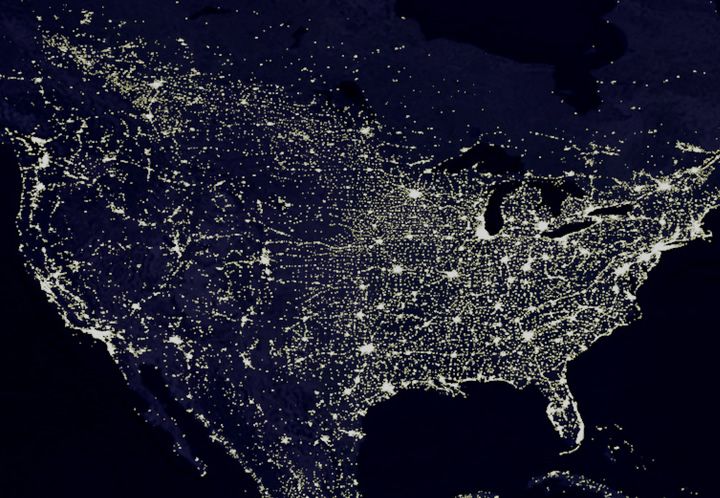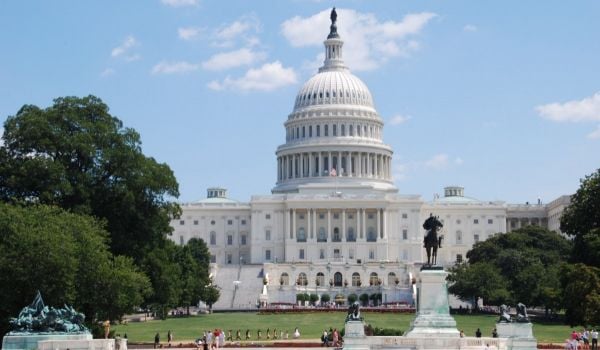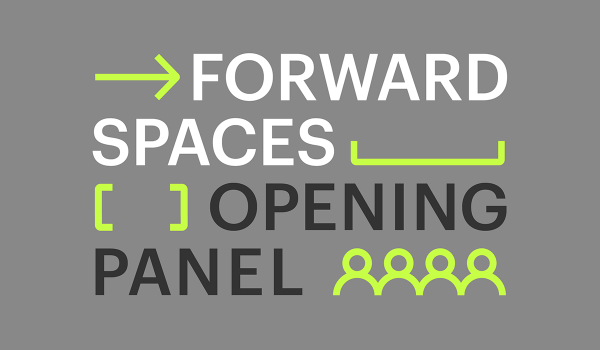While people often associate cities with buildings, what really makes them function is infrastructure. Urban infrastructure facilitates economic growth by moving resources — be it water, energy, waste, goods or workers — from where it resides to where it is needed. Because of this critical role, municipal governments have traditionally have made it their business to ensure that robust networks of infrastructure – from highways to water mains to power lines – are built to serve the populace.
As bits of electronic data have increasingly become the raw material for modern economic activity, cities are recognizing the need to upgrade their telecommunications infrastructure from copper wire to glass fiber optic cables that offer much more capacity and speed. Yet, unlike roads or water lines, municipalities generally don’t own the telecommunications infrastructure in their city. Instead, they are the domain of private entities, such as telephone and cable companies, who many years ago invested a lot of money to lay the copper cables, usually in exchange for a monopoly on the provision of telecommunication services. This lack of competition has resulted in much higher prices for broadband internet in the U.S. compared to other advanced (and not so advanced) countries.
To meet the growing demand for faster service, these same cable and phone companies are now in the process of rolling out new fiber optic connections in cities around the country. Once again, these companies’ huge upfront investment will pay out exponentially, by allowing them to restrict access to their network. Critics of this model believe that this will cement higher prices for U.S. consumers, and continue to leave sparsely populated rural areas without high-speed connections (since the companies don’t see the potential for enough return on their investment). Furthermore, exclusive ownership allows providers to discriminate against certain types of network traffic and content – endangering the principle of net neutrality.
To address the issue, the Federal Communications Commission’s recently released its plan for providing affordable broadband to all Americans by 2020. However, because the plan does not call for opening up access to networks and does little to encourage competition, critics argue that the FCC’s plan will not result in lower costs for consumers. Additionally, a ruling by a federal appeals court this week also struck down the FCC’s attempt to enforce net neutrality regulations on Comcast – the nation’s largest cable provider, and is poised to further limit the prospect of open access networks.
As an alternative, some cities have decided that rather than rely on phone or cable companies, they should create publicly owned networks, and either offer retail services (like a publicly owned utility), or just serve as the wholesale provider of network access to private companies who would then provide retail telecommunications (similar to power distribution in deregulated electricity markets).
One prominent example is Burlington, Vermont. Frustrated with the cost and quality of service that phone and cable companies offered in the small and mostly rural state, city leaders envisioned building a municipal owned fiber network that would provide high quality, affordable service to residents and businesses (along with schools and city offices) while also adding revenue to city coffers. Today the network connects most homes and businesses in the city, and offers affordable internet, television and phone packages through its own city operated provider, Burlington Telecom. Open access rules mean that competitors could also offer retail services on the network, though none have yet opted to do so.
Other communities that have invested in municipal fiber networks include Grant County, Washington, Chattanooga, Tennessee, and a consortium of 14 cities north of Salt Lake City, Utah – either to speed up deployment of high speed internet or to offer a more affordable alternative to existing providers. In the Netherlands – where open access is law but new deployments of fiber have lagged – the City of Amsterdam has built its own network, in partnership with social housing cooperatives and private investors.
These efforts are not with their critics, and several have faced problems and controversy. The costs of deployment in Burlington have proven to be twice what was estimated, and the city recently defaulted on a debt payment, which is endangering its credit rating. In Provo, Utah, the city was forced to sell its network to a private provider after it struggled to operate and maintain the network.
With the future of municipal fiber networks remaining cloudy, the announcement by Internet search giant Google earlier this year that it planned to build high-speed fiber networks in several pilot communities around the country was greeted enthusiastically by cities and supporters of open access networks alike. By its application deadline in late March, the company received over 1100 applications from communities across the U.S.
Some industry watchers believe Google’s actions will demonstrate the benefits of open access networks that preserve net neutrality and provide affordable access for businesses and residents – and encourage the government to rethink the current rules. Without such action – it’s unlikely that U.S. cities will reap the benefits of the next generation of internet infrastructure. Just like the Interstate Highway System, a comprehensive network of open access pathways for increasing amounts data can give cities a huge boost, but only if policymakers and the private sector can agree on how to make investments in new infrastructure that benefit everyone.
















